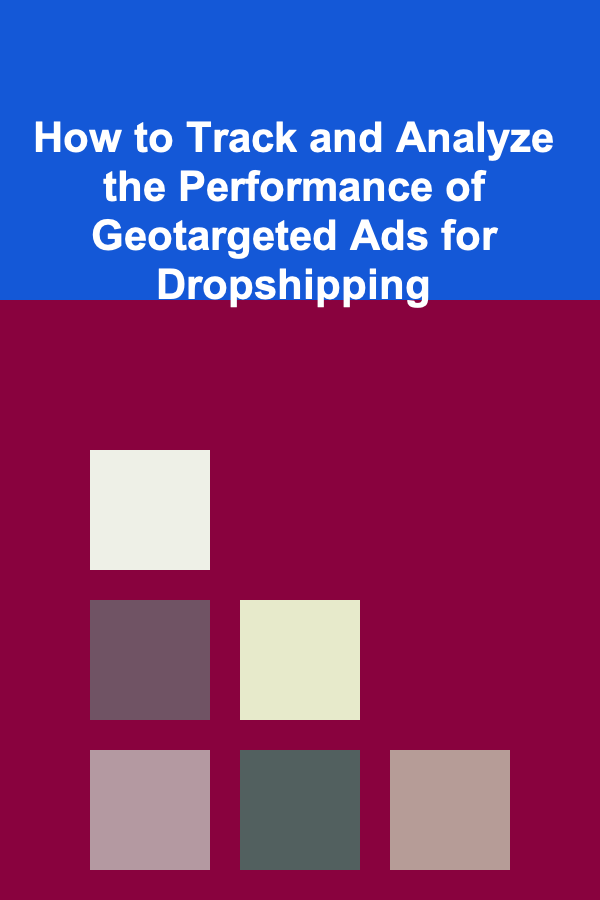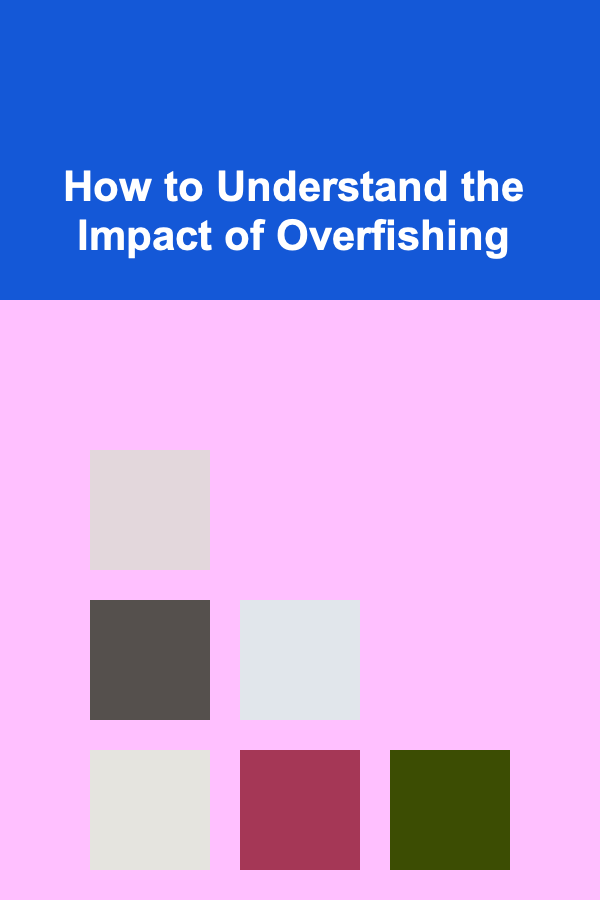
How to Fold Origami Animals for Beginners
ebook include PDF & Audio bundle (Micro Guide)
$12.99$7.99
Limited Time Offer! Order within the next:
Not available at this time

Origami, the traditional Japanese art of paper folding, has captivated individuals worldwide for centuries. Its simple yet intricate designs offer a therapeutic escape and allow people of all ages to craft beautiful figures from a single sheet of paper. Among the many types of origami, animals remain one of the most beloved categories, providing a fascinating challenge for both beginners and advanced folders.
For those new to origami, folding animals can be an excellent way to develop your skills while creating tangible, fun results. This article will guide you step-by-step through the process of folding a few simple yet charming origami animals. By the end, you'll have the confidence to explore more complicated designs or even develop your own!
The Basics of Origami
Before we dive into specific animal folds, it's essential to understand the fundamentals of origami.
1. Choosing the Right Paper
Origami paper is typically square and thin, making it easy to fold. You can find paper in various sizes, but for beginners, a 6-inch square sheet works well. It's also recommended to use paper that has a color on one side and white on the other to better highlight the folds and design.
2. Basic Folds in Origami
To make origami animals, you'll need to master a few basic folds. These are the building blocks for most designs:
- Valley Fold (V-fold): This is simply folding the paper in half diagonally or horizontally.
- Mountain Fold (M-fold): Similar to the valley fold, but the crease will create a 'mountain' peak.
- Reverse Fold: A more advanced technique where a fold is undone and folded in the opposite direction.
- Squash Fold: This fold is used to open the paper in a particular way to create a flat surface.
- Inside and Outside Reverse Folds: These folds involve inverting sections of the paper to create shapes.
3. Precision is Key
Origami requires precise folding to ensure the animal takes shape correctly. Make sure to crease each fold sharply and accurately, as misalignment can affect the final result.
Now that you understand the basics, let's look at how to fold some simple animals for beginners.
Origami Crane
The crane is one of the most iconic origami animals and a symbol of peace. It's an ideal beginner project because its steps are easy to follow, and the result is impressive.
Step-by-Step Instructions:
-
Start with a square sheet of paper.
- Begin with the color side facing up.
-
Make a valley fold in half diagonally.
- Align the corners and crease sharply. Unfold.
-
Make another valley fold along the other diagonal.
- Again, align the corners and crease sharply. Unfold.
-
Turn the paper over.
- You should see an "X" pattern from the diagonal folds.
-
Make a vertical valley fold.
- Fold the paper in half, aligning the top and bottom edges. Crease and unfold.
-
Make a horizontal valley fold.
- Fold the paper in half again, aligning the left and right edges. Crease and unfold.
-
Collapse the paper into a square base.
- Bring the four edges towards the center, using the creases you've made to guide the folds. Flatten the paper to form a smaller square.
-
Fold the top layers of the square to the center.
- Fold the top layer of both the left and right sides to meet the centerline.
-
Repeat the process on the other side.
- Flip the paper and repeat the folding from step 8.
-
Lift the top flap and fold it upward.
- This forms the crane's neck and head. Repeat this on the opposite side to create the tail.
-
Pull the two sides apart to form the wings.
- Gently pull the flaps apart, creasing to form the crane's wings.
-
Shape the crane's head and body.
- Finally, you can pull and shape the crane's neck and adjust the wings to your liking.
Congratulations! You've folded a beautiful origami crane.
Origami Cat
The origami cat is another easy animal to fold, and it's a delightful little creation that showcases the art of paper folding in a charming way.
Step-by-Step Instructions:
-
Start with a square piece of paper.
- Make sure the colored side is facing up.
-
Fold the paper in half horizontally.
- Crease the fold well and unfold.
-
Fold the top corners down to meet at the center.
- This forms a triangle shape at the top of your paper.
-
Fold the bottom edge up about one-third of the way.
- Crease and unfold.
-
Make two diagonal folds to form the ears.
- Fold the top edges of the paper inward to create triangles on both sides. These are the cat's ears.
-
Flip the paper over.
- You should now see a triangular base.
-
Fold the bottom triangle upward.
- This creates the cat's face and body.
-
Fold the side flaps inward.
- This will form the sides of the cat's body, shaping the tail and the legs.
-
Shape the cat's ears and head.
- Adjust the folds to form a more rounded face and ears.
Congratulations again, you now have a cute little origami cat!
Origami Frog
The origami frog is an exciting design that not only looks great but can also be made to "jump" if folded properly. This makes it a fun project for beginners, especially for kids.
Step-by-Step Instructions:
-
Start with a square sheet of paper.
- Color side facing down.
-
Fold the paper in half diagonally.
- Crease and unfold.
-
Make another diagonal fold in the opposite direction.
- Crease and unfold. You should see two diagonal crease lines forming an "X."
-
Fold the paper in half horizontally.
- Crease well and unfold.
-
Fold the paper in half vertically.
- Crease and unfold. You should now see an "X" and a "+" on your paper.
-
Collapse the paper into a square base.
- Use the creases to fold the sides inward, creating a smaller square.
-
Fold the top layers of the square to the center.
- Fold the top edges of both sides towards the center, then unfold.
-
Fold the bottom corners up.
- Fold the bottom corners upwards to form the frog's legs.
-
Make a reverse fold for the frog's mouth.
- Use a reverse fold technique to create the frog's mouth by folding the top layer downward.
-
Shape the frog's legs.
- Fold the top part of the frog's legs upwards to create the rear legs.
-
Add the final touches.
- You can adjust the folds and angles to make your frog look more dynamic.
Now, you have an origami frog that can be made to hop!
Origami Butterfly
The origami butterfly is a beautiful and delicate creation that requires a bit more finesse but is still simple enough for beginners to attempt. It's a perfect example of how origami can turn a simple piece of paper into something enchanting.
Step-by-Step Instructions:
-
Start with a square piece of paper.
- Begin with the colored side up.
-
Make a valley fold diagonally.
- Crease and unfold.
-
Fold the paper in half vertically.
- Crease and unfold.
-
Fold the top and bottom edges to the center.
- Fold both the top and bottom edges to meet at the centerline and crease.
-
Flip the paper over.
- Now, the white side should be facing up.
-
Fold both sides in to the centerline.
- This will create a smaller rectangle shape.
-
Fold the top and bottom edges to the center again.
- Repeat the previous step to refine the shape.
-
Fold the outer edges slightly upward.
- This forms the delicate wings of the butterfly.
-
Shape the center.
- Gently pinch the middle and fold it to give the butterfly a three-dimensional look.
Your origami butterfly is complete!
Conclusion
Origami is not just a creative activity but a way to enhance concentration, patience, and problem-solving skills. As a beginner, you might start with simpler designs like the crane, cat, frog, and butterfly, and as you improve, you can explore more complex animal designs.
Origami offers endless possibilities, and the more you practice, the more proficient you'll become. Don't be afraid to experiment with different kinds of paper, and soon you'll be able to fold intricate animals with ease. Happy folding!

How to Create a Welcome Kit for New Campers
Read More
How to Maximize Your Savings with Smart Home Gadgets
Read More
How to Track and Analyze the Performance of Geotargeted Ads for Dropshipping
Read More
How to Understand Blockchain Forks
Read More
How to Understand the Impact of Overfishing
Read More
How to Provide Environmental Enrichment for Cats
Read MoreOther Products

How to Create a Welcome Kit for New Campers
Read More
How to Maximize Your Savings with Smart Home Gadgets
Read More
How to Track and Analyze the Performance of Geotargeted Ads for Dropshipping
Read More
How to Understand Blockchain Forks
Read More
How to Understand the Impact of Overfishing
Read More